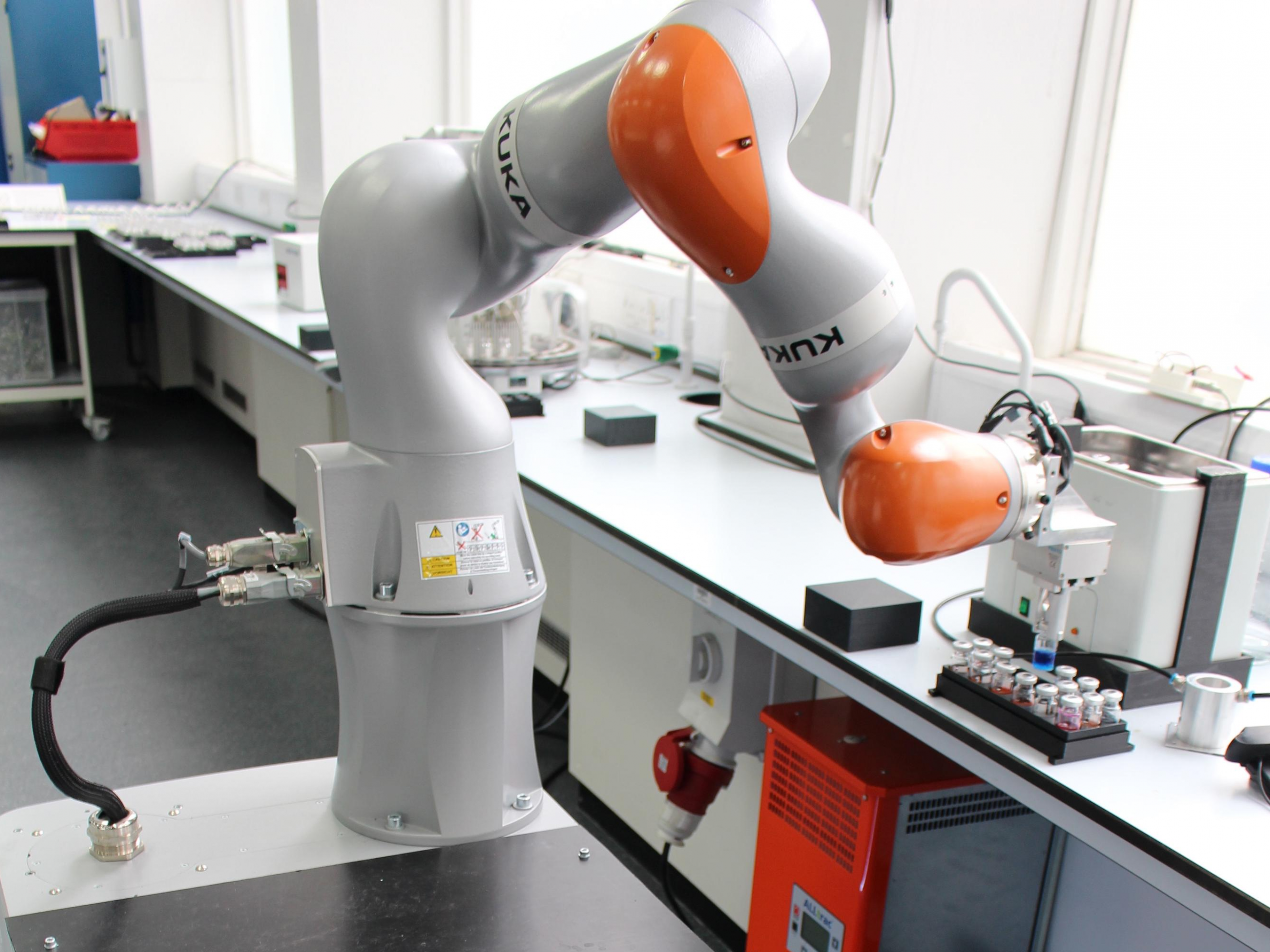Robot scientist revealed – and it's already made its first breakthrough
Autonomous machine can think in 10 dimensions and make decisions by itself

Your support helps us to tell the story
From reproductive rights to climate change to Big Tech, The Independent is on the ground when the story is developing. Whether it's investigating the financials of Elon Musk's pro-Trump PAC or producing our latest documentary, 'The A Word', which shines a light on the American women fighting for reproductive rights, we know how important it is to parse out the facts from the messaging.
At such a critical moment in US history, we need reporters on the ground. Your donation allows us to keep sending journalists to speak to both sides of the story.
The Independent is trusted by Americans across the entire political spectrum. And unlike many other quality news outlets, we choose not to lock Americans out of our reporting and analysis with paywalls. We believe quality journalism should be available to everyone, paid for by those who can afford it.
Your support makes all the difference.A robot scientist capable of carrying out experiments by itself has made its first discovery, a new study has revealed.
Researchers at the University of Liverpool built the intelligent mobile robot chemist in the hope of solving a range of research problems.
Similar to a human researcher, the first-of-its-kind robot is able to use standard laboratory equipment with its humanoid limbs, as well as make its own decisions about which experiments to perform.
Unlike a human, however, the 400kg machine can think in 10 dimensions and is capable of working for up to 21.5 hours a day – pausing only to recharge its batteries.
"Our strategy here was to automate the researcher, rather than the instruments," said Professor Andrew Cooper from the university's Department of Chemistry and Materials Innovation Factory.
"This creates a level of flexibility that will change both the way we work and the problems we can tackle. This is not just another machine in the lab: it's a new superpowered team member, and it frees up time for the human researchers to think creatively."
The robot's first discovery came after conducting 688 experiments over 8 days, resulting in the production of a new "polymeric photocatalyst" that is six-times more active than existing catalysts.
It is hoped that the robot could ultimately tackle complex problems beyond the capability of humans, by searching vast, unexplored chemical spaces. These could include finding materials for clean energy production of new drug formulations.
A study detailing the robot's discovery was published in the scientific journal Nature on Wednesday.
Join our commenting forum
Join thought-provoking conversations, follow other Independent readers and see their replies
0Comments